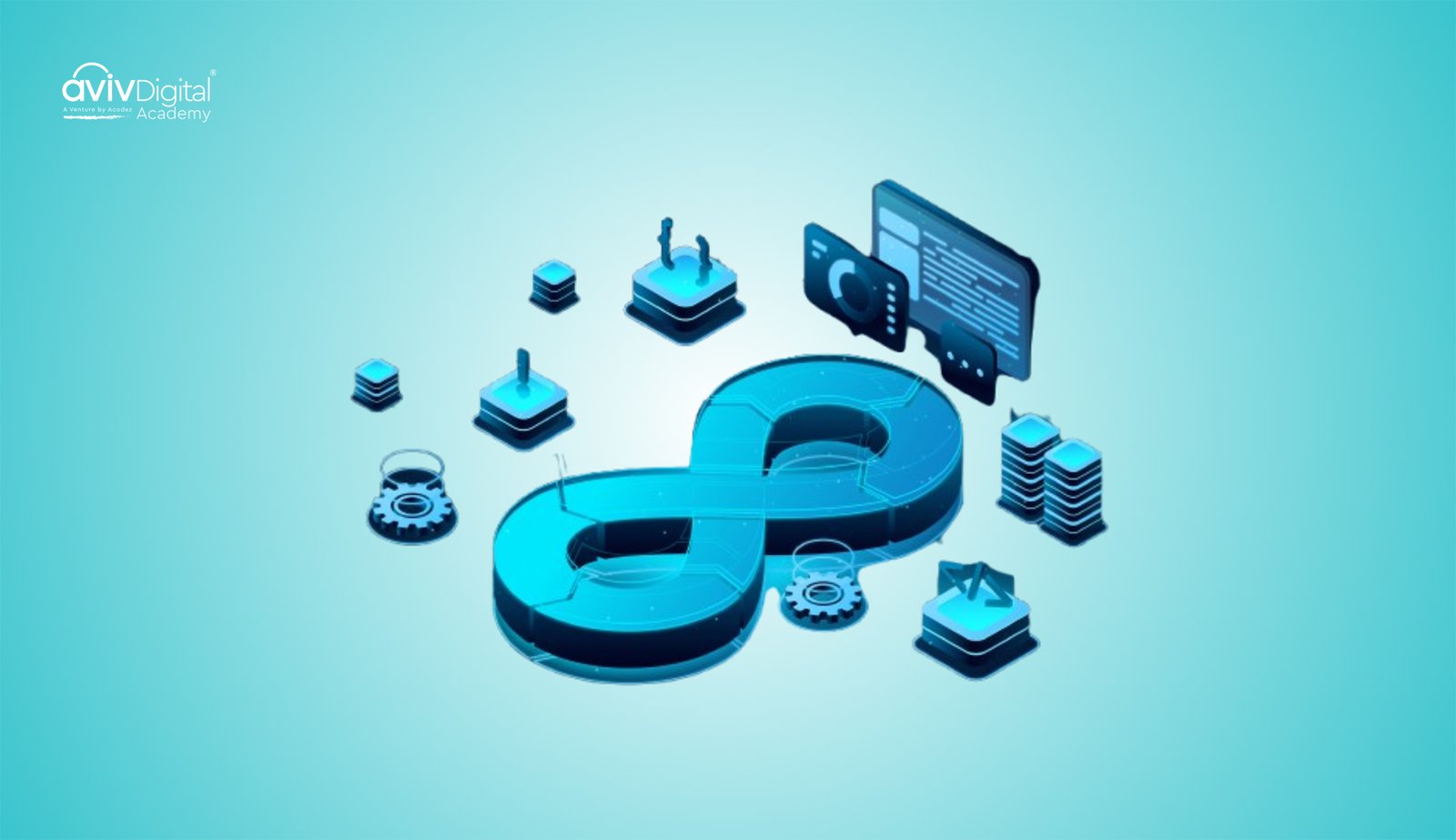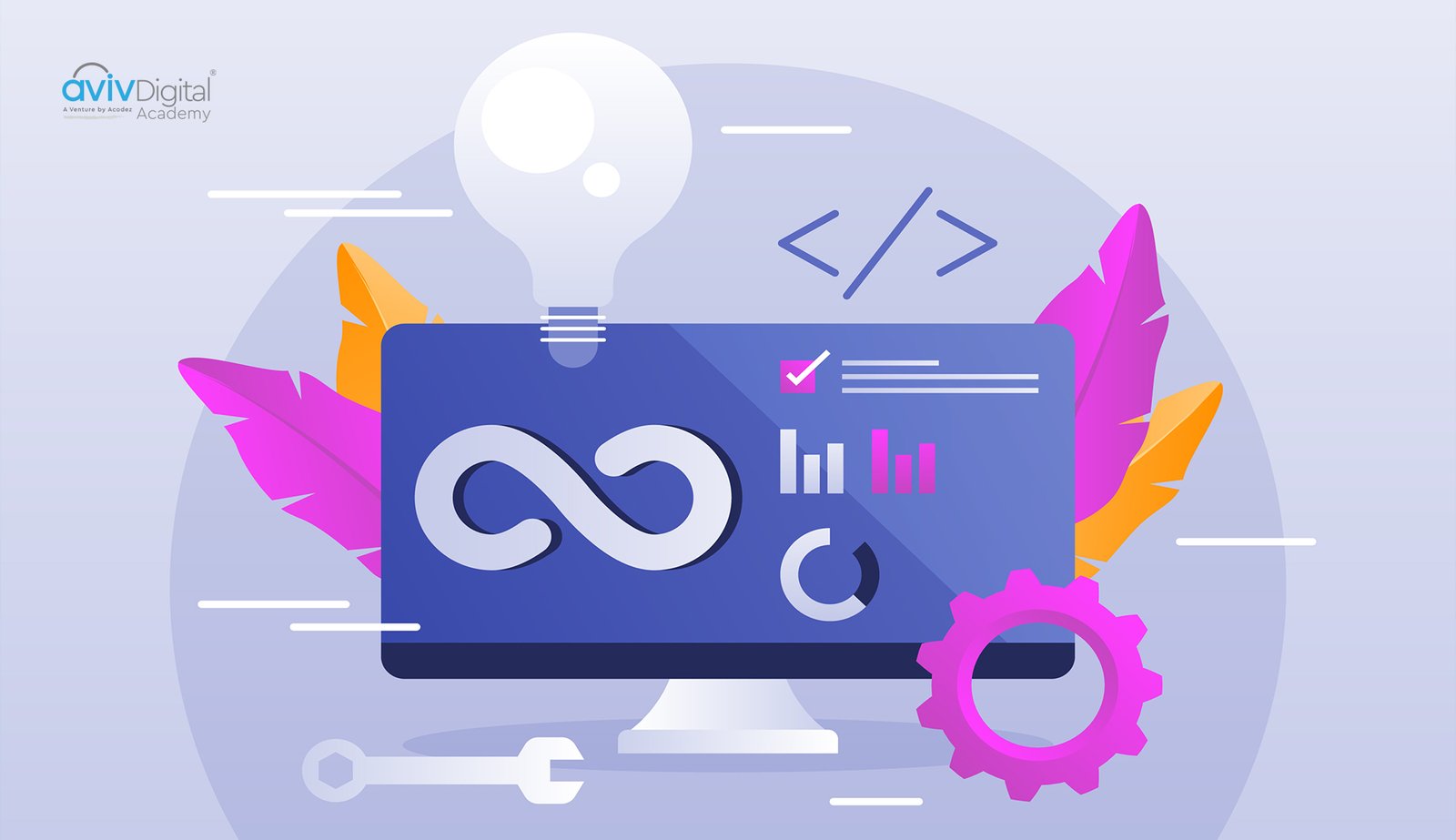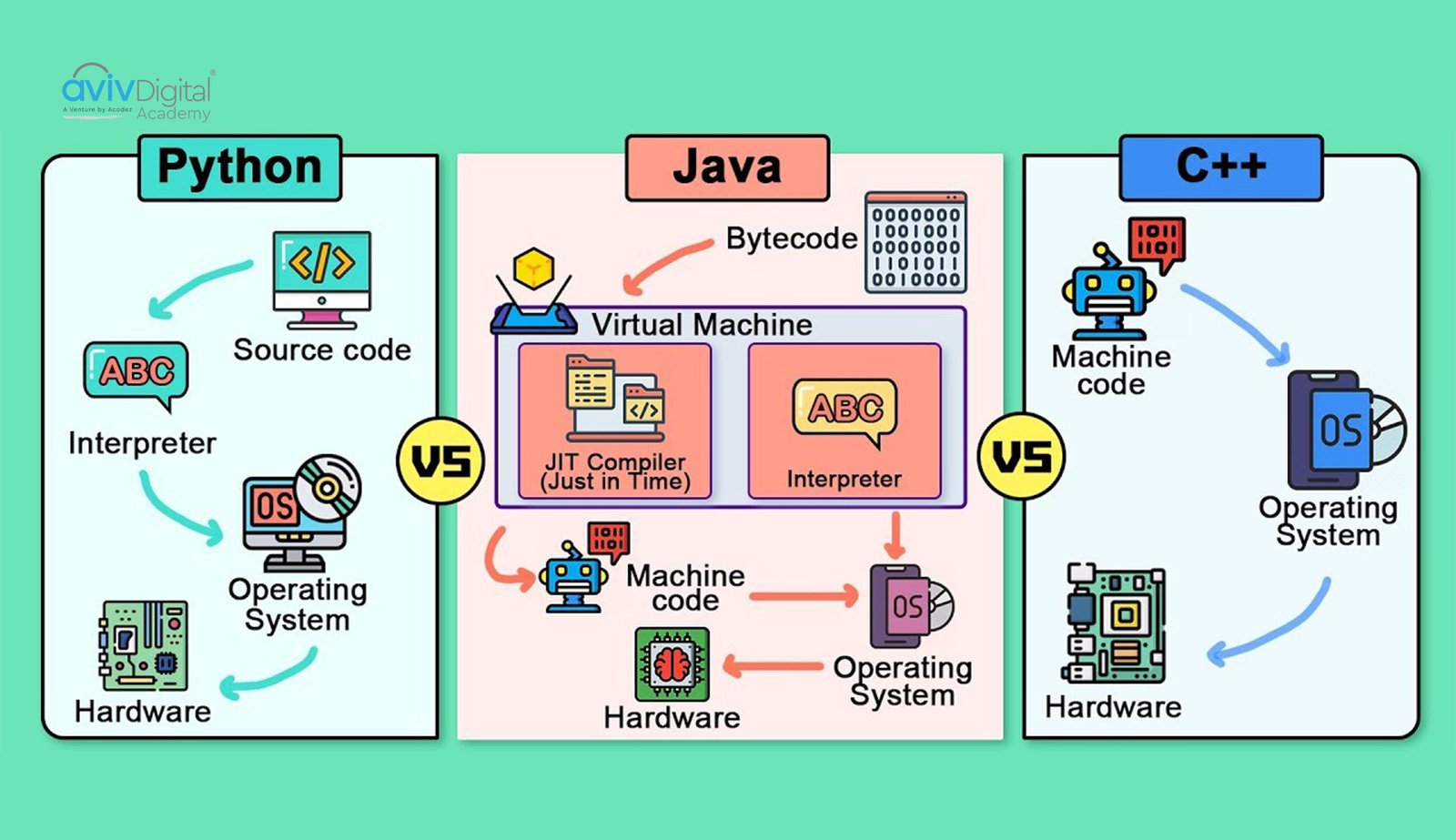
What do Instagram, Spotify and NASA have in common? They rely on Python. It’s not a coincidence. From social media to space, this programming language manages to fit into completely different industries. You’ve probably seen it mentioned everywhere: tech blogs, job postings and conversations with developers about where to start. Over the years, Python has become one of the most popular programming languages.
Picking your first programming language can feel overwhelming. There are so many options, each with people insisting their it is the best choice. Python has earned a lot of its popularity for good reasons, but it’s not perfect for every situation or every person. This blog examines the advantages and disadvantages of Python. Whether you’re a student planning your next steps or someone looking for a career shift to the tech field, this guide will help you understand it better. And if you are ready to commit to structured learning, enrolling in the Full Stack Development Course in Calicut can provide the mentorship and guidance you need.
What is Python
What do you think the story behind the name “Python” is? Most people assume ‘Python’ got its name from the snake. Funny thing is, Guido van Rossum actually named it after the British comedy show “Monty Python’s Flying Circus” way back in 1991. What makes Python different from most programming languages is the philosophy behind its creation: simple and readable. The code is meant to be clean and understandable, almost like reading plain English. This very philosophy has kept Python as one of the most popular programming languages even after three decades. It is extremely accessible to beginners while remaining powerful enough for advanced users. In fact, 86% of Python developers use it as their main programming language, highlighting its reliability and long-term adoption. Along with being simple in design, Python is also versatile. You can use it for web development, data analysis, scientific computation, automation and much more. This has built a community of developers who are constantly creating libraries and resources that are making Python even more powerful.
Advantages of Python Language
Among all the Python users in the world, 86% use Python as their main language. This is proof that Python is not just for beginners. And can be used throughout your programming journey. Now, let’s look into the advantages of Python to understand what makes it so popular among professionals.

1. Easy to learn and use
Python’s syntax is simple. It resembles plain English than most programming languages. For example, you want to display the text “Hello”, you write print(“Hello”), and you’re done. Compare that to Java or C++, where this same task needs more code and setup. This simplicity is exactly why most people recommend Python as the first choice for beginners. Because this simplicity changes how learning feels. You can focus on actual programming concepts: loops, conditional statements, functions, without getting tangled up in complex syntax rules.
2. Incredibly Versatile
One of the biggest advantages of Python is its versatility. You can build websites with Django or Flask. Data analysis and visualization become accessible with libraries like Pandas and Matplotlib. And machine learning? Python dominates that field. Python excels in creating automation scripts as well. But why does it matter? Because when you learn Python, it opens multiple doors at the same time for making a career choice. You can explore web development, then shift to data science and then try automation projects. In fact, data science represents 51% of all Python usage in 2025, showing how strongly the language is tied to high-demand fields. Each exploration deepens your Python knowledge while helping you discover what genuinely interests you.
3. Huge Libraries
Python has an incredible library ecosystem. The standard library has built-in modules for almost everything you can think of. From working with files and dates to making web requests and processing JSON data. And, there are additional packages you can get through The Python Package Index(PyPI). More than 137,000 Python libraries are available for various applications. These pre-built tools will save you time. Because you don’t have to build everything from scratch.
4. Strong Community Support
Python has one of the largest programming communities out there. Whenever you face a problem or get stuck, there’s probably already a solution posted somewhere online. Stack Overflow alone has millions of Python-related questions with detailed answers. This support network is important for those inevitable moments when your code is not working, and you can’t figure out why. Having access to a community where someone has likely faced your exact issue before is helpful in those frustrating moments. In fact, the Python community contributes over 10,000 new libraries annually, making it even easier for developers to find tools, solutions, and inspiration. Often, the difference between giving up and pushing through comes down to finding that one helpful explanation or example.
5. Free and Open source
Python costs nothing to download and use for any purpose. Personal projects, startup products, enterprise software, anything without any licensing fees or restrictions. Being open source means anyone can look at the code, suggest improvements, or contribute fixes. This openness creates transparency and trust. Python evolves based on what developers actually need, not corporate priorities. The zero-cost aspect matters more than it sounds. Students can learn without financial barriers. Small teams can build products without budget concerns. Organizations worldwide use Python regardless of their resources. That accessibility is genuinely important.
6. Highly embeddable
Python integrates smoothly into other languages very well. Need Python’s flexibility for specific features in your C++ programme? You can embed Python code right in there. Need better performance for certain tasks? Write those sections in C and integrate them with Python. This embeddability makes Python practical for real-world hybrid systems. Many large software uses Python as a scripting layer on top of performance-critical cores written in faster languages. This flexibility lets you use the right tool for each different work.
7. Fast Development
One thing people love about Python is how fast you can build things with it. You don’t have to write huge chunks of code to make something simple work. What takes ages in some languages can be done in a few lines here. That naturally speeds up development. Companies like it because they can launch products quickly. Learners like it because they actually get to make real projects early on, instead of drowning in syntax for weeks. That early progress makes a huge difference.
These advantages of Python don’t make it perfect for every situation, but they do explain why Python has stayed popular for so long.
Disadvantages of Python Language
Now let’s look at where Python falls short. Understanding the disadvantages of Python matters just as much as knowing its strengths.
1. Slow Speed
One of the main disadvantages of Python is that it runs slower than other programming languages like C++ and Rust. Python is an interpreted language, which makes it naturally slower than compiled languages. While this speed difference doesn’t matter for most applications, performance-critical systems may struggle with Python’s execution time. In fact, C++ code often runs 3–5 times faster than equivalent Python code for performance-critical tasks, which is why languages like C++ are still preferred in areas such as game engines, high-frequency trading systems, and large-scale simulations.
2. High Memory Consumption
Python’s dynamic nature and interpreted execution lead to high consumption of memory. IT handles many memory management details automatically, which is convenient, but it comes with a cost. If you’re looking for memory-optimized usage, Python is not a good choice for memory-intensive tasks.
3. Runtime Errors
Dynamic Typing is a double-edged sword. It may feel easy at first because of the flexibility. But it can get really messy if the project grows. You might make mistakes, and the code will still look fine. This will lead to runtime errors and will cause bugs that are hard to debug.
4. Hard to Scale
Another disadvantage of Python due to dynamic typing is how it can be messy during large projects. But the large codebases may be hard to maintain. Python addressed this problem by introducing type hints, but it’s not enforced by default. Therefore, big Python projects need discipline and solid practices to maintain well
5. Threading Limitations
Python has a Global Interpreter Lock(GIL) that prevents multiple threads from running at the same time. This makes true parallel execution difficult for CPU-heavy tasks. Even if you create multiple threads, they may not run at the same time the way you expect.
6. Limited Mobile Support
Python is not the strongest option for mobile app development. Although Python does have mobile application frameworks like Beeware and Kivvy. But they’re not as smooth as Kotlin or Swift. And also because Python has a slow runtime and high memory consumption, it is often not preferred for developing mobile applications.
7. Database Access
Python works with databases, but it does not offer the fastest or most advanced database handling compared to languages built specifically for backend systems. The available connectors and ORM tools get the job done, yet they often require extra setup and are slower for heavy operations.
Python vs Java vs C++

We learned the advantages and disadvantages of Python. But choosing a programming language mostly depends on what you want to build. And each one has its own strengths and weaknesses. Python, Java and C++ are three of the most widely used languages. A quick comparison can help you understand which one is right for you.
| Feature | Python | Java | C++ |
| Type System | Dynamically typed | Statically typed | Statically typed |
| Compilation | Interpreted | Compiled to bytecode | Fully compiled |
| Speed | Slow | Good | Fast |
| Memory Management | Automatic (GC) | Automatic (GC) | Manual |
| Learning Curve | Easy | Moderate | Hard |
| Syntax | Simple and readable | Verbose but structured | Complex, lots of control |
| Performance | Lower | Good | Very High |
| Use Cases | AI, data science, web apps, automation | Enterprise apps, Android, backend | System programming, gaming, high-performance apps |
| Mobile Development | Limited | Strong (Android) | Limited |
| Multithreading | Limited by GIL | Strong | Strong |
| Libraries & Support | Huge, especially for AI | Huge and stable | Large but more low-level |
| Platform Independence | High | Very high | High, but needs compilation |
| Error Detection | Mostly runtime | Compile-time + runtime | Compile-time + runtime |
Each language has its strengths, but for most beginners, Python is the easiest and most practical place to start. It gives you a solid foundation before you move on to anything more complex.
Is Python Worth Your Time
So, after understanding the advantages and disadvantages of Python and how it differs from other programming languages, comes the question. Is Python really worth your time? For the beginners, the answer is strongly leaning towards YES. Starting your programming journey with Python has real advantages. The easy learning curve will keep the motivation high. And career-wise, Python skills are in demand. Data science, Web development, machine learning, automation, the list goes on and on. For students and young professionals exploring a career, Python is a good start and powerful enough to stay relevant as you improve. YES, Python is worth your time.
Conclusion
Looking at both advantages and disadvantages of Python gives you realistic expectations about what you’re getting into. Python’s focus on its readability, versatility with a massive library system and a large community are some of the reasons it’s still one of the most popular programming languages even after thirty years. For most beginners and plenty of professionals, Python’s advantages clearly outweigh its disadvantages. The language’s focus on simplicity and readability, combined with genuine power, creates an environment where you can concentrate on problem-solving instead of syntax battles. But it does have some limitations. With the latest version out just last month, Python is having constant upgrades to be better every time for programmers. Learning any programming language is a journey with ups and downs. There’ll be frustrating moments where nothing works, and you question everything. Python’s gentler learning curve and immediate applicability to real problems make that journey more manageable, though. Take the first step, write your first program, and see what becomes possible.
Aviv Digital Academy is one of the leading institutes that provides a Full full-stack development Course in Calicut. We offer a comprehensive curriculum designed to equip you with the skills and knowledge necessary to thrive in the industry. For more details, contact us at: +91 8156998844
FAQ
How long does it take to learn Python?
With regular practice, you can learn the basics in 2-4 months. Building real projects can take 6-12 months. But to be an expert in the field, it might take more time.
What can I build with Python?
With Python’s versatility, you can use it for various projects. Web apps, data analysis tools, machine learning models, automation scripts, desktop applications and so much more.
Can I get a job by learning Python?
Yes, it can definitely get you a job. Python is a highly in-demand skill. It is used in various industries, from development to automation. While Python alone is not enough, it can definitely help you in landing entry-level jobs.





